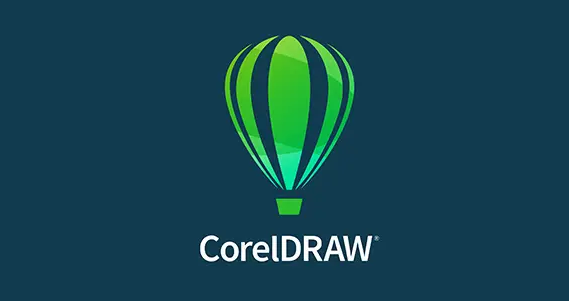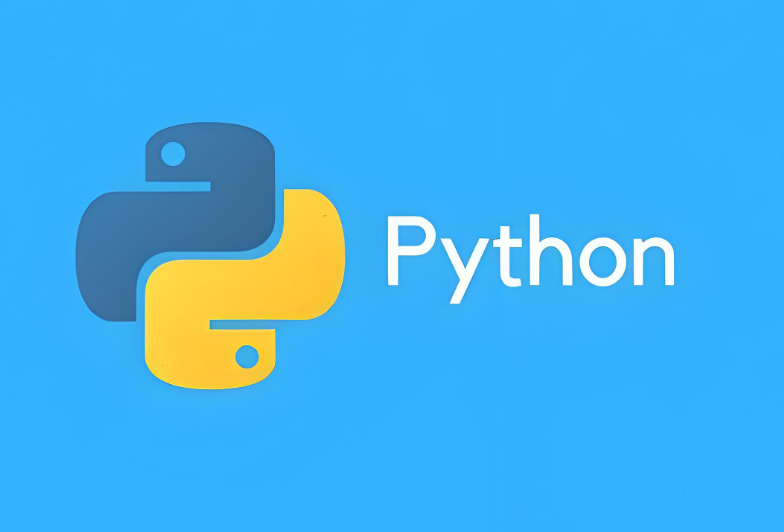在Java中,如果你需要通过HTTP请求获取文件流,并对下载过程进行带宽限速,同时计算文件的MD5值,你可以按照以下步骤进行:
![图片[1]_实现HTTP文件流下载限速与MD5校验的Java方案_知途无界](https://zhituwujie.com/wp-content/uploads/2025/02/d2b5ca33bd20250228103438.png)
- 发送HTTP请求并获取文件流:
使用HttpURLConnection或更高级的库如Apache HttpClient来发送HTTP请求,并获取响应中的文件流。 - 实现带宽限速:
你可以通过控制从输入流读取数据的速率来实现带宽限速。这通常涉及到在读取数据时引入延迟或使用一个速率控制器。 - 计算MD5值:
在读取文件流的同时,使用MessageDigest类来计算数据的MD5值。
下面是一个使用HttpURLConnection的简单示例,它演示了如何获取文件流、限速(通过简单的sleep模拟)和计算MD5值:
import java.io.*;
import java.net.HttpURLConnection;
import java.net.URL;
import java.security.MessageDigest;
import java.security.NoSuchAlgorithmException;
import java.util.zip.CRC32;
public class DownloadWithLimitAndMD5 {
// 模拟带宽限速的读取方法
private static byte[] readWithLimit(InputStream in, int limit) throws IOException, InterruptedException {
ByteArrayOutputStream baos = new ByteArrayOutputStream();
byte[] buffer = new byte[1024];
int bytesRead;
long totalBytesRead = 0;
long startTime = System.currentTimeMillis();
while ((bytesRead = in.read(buffer)) != -1) {
baos.write(buffer, 0, bytesRead);
totalBytesRead += bytesRead;
// 简单的限速逻辑:根据已读字节和时间差来计算是否需要限速
long currentTime = System.currentTimeMillis();
if ((currentTime - startTime) * limit / 1000 < totalBytesRead) {
Thread.sleep(100); // 如果超过限速,则休眠一段时间
}
// 重置开始时间以计算下一个限速周期
if (totalBytesRead % (limit / 10) == 0) { // 每读取limit/10的字节,重置一次时间(这个值可以根据需要调整)
startTime = System.currentTimeMillis();
}
}
return baos.toByteArray();
}
// 计算MD5值的方法
private static String calculateMD5(byte[] data) throws NoSuchAlgorithmException {
MessageDigest md = MessageDigest.getInstance("MD5");
md.update(data);
byte[] digest = md.digest();
StringBuilder sb = new StringBuilder();
for (byte b : digest) {
sb.append(String.format("%02x", b));
}
return sb.toString();
}
public static void main(String[] args) {
String fileUrl = "http://example.com/file.zip"; // 替换为实际的文件URL
int downloadLimitKbps = 100; // 设置下载限速,单位:Kbps(千比特每秒)
try {
URL url = new URL(fileUrl);
HttpURLConnection conn = (HttpURLConnection) url.openConnection();
conn.setRequestMethod("GET");
try (InputStream in = conn.getInputStream()) {
byte[] fileData = readWithLimit(in, downloadLimitKbps * 1024 / 8); // 转换为字节每秒
String md5 = calculateMD5(fileData);
System.out.println("File MD5: " + md5);
// 这里你可以将fileData保存到文件或进行其他处理
}
} catch (IOException | NoSuchAlgorithmException | InterruptedException e) {
e.printStackTrace();
}
}
}注意事项:
- 限速逻辑:上面的限速逻辑是非常简单的,并且不是非常精确。在实际应用中,你可能需要更复杂的逻辑来更精确地控制下载速率,比如使用
ScheduledExecutorService来定期检查并调整读取速率。 - 异常处理:在实际应用中,你应该添加更多的异常处理逻辑来确保程序的健壮性。
- 资源释放:确保所有资源(如输入流、输出流等)在使用完毕后都被正确关闭。
- MD5计算:上面的示例中计算的是整个文件的MD5值。如果你只需要文件的某个部分的MD5值,你可以调整读取和计算的逻辑。
- 性能考虑:对于大文件,上述代码可能会占用大量内存。在实际应用中,你可能需要考虑使用分块读取和计算MD5的方法,以减少内存使用。
© 版权声明
文中内容均来源于公开资料,受限于信息的时效性和复杂性,可能存在误差或遗漏。我们已尽力确保内容的准确性,但对于因信息变更或错误导致的任何后果,本站不承担任何责任。如需引用本文内容,请注明出处并尊重原作者的版权。
THE END

























暂无评论内容